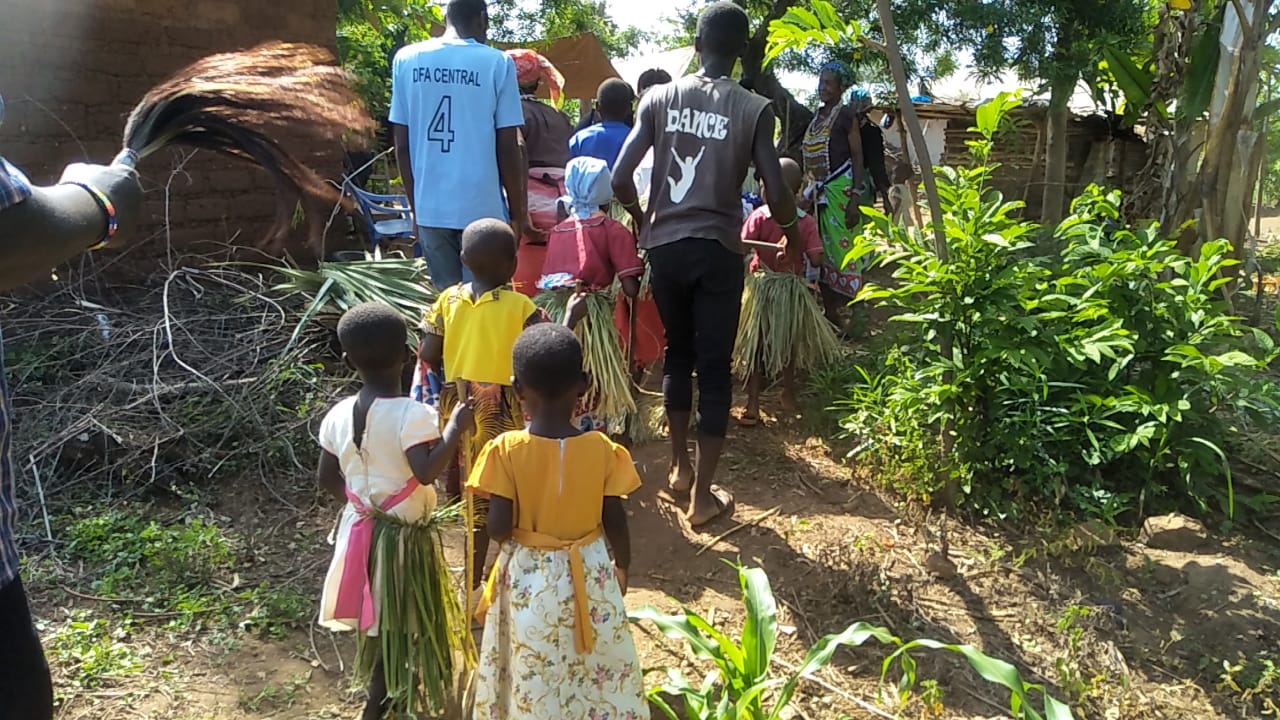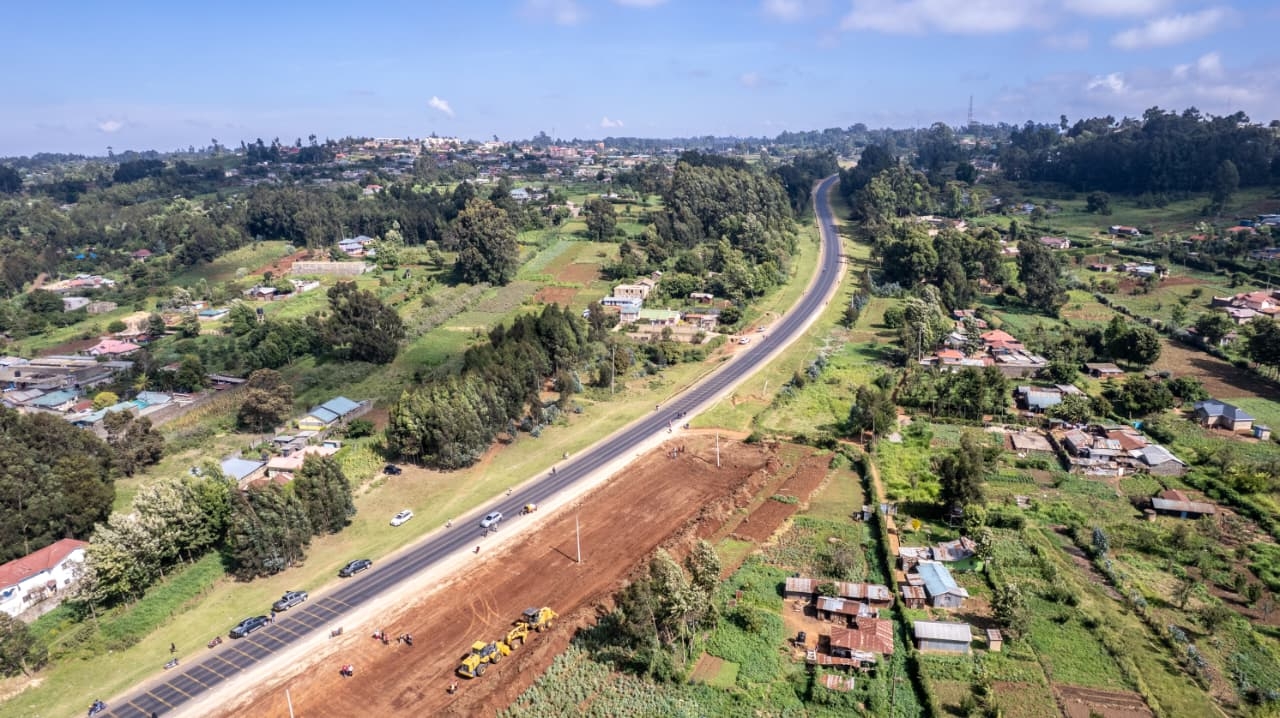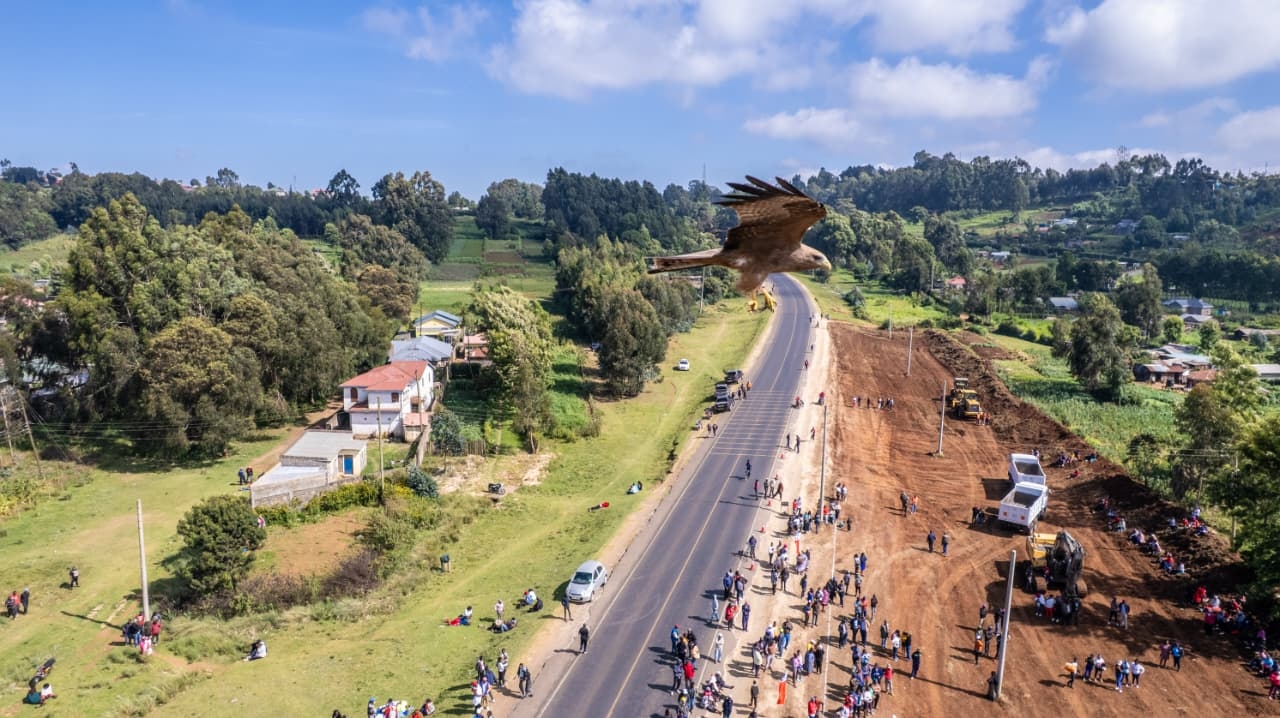
“Cut this tree,” he says, “and the rain will not come.” The
children listen intently, their wide eyes reflecting both awe and belief. For
generations, such trees—sacred in many African cultures—have stood as symbols
of reverence and biodiversity conservation.
In Tharaka Nithi County, Kenya, these sacred spaces are more
than just natural landmarks. They are living museums of culture and biodiversity.
But modernisation
threatens their existence, and with it, the delicate balance they help maintain
between people and nature.
Tharaka Nithi is home to 33 sacred sites, including Kiguru
Sacred Spring and the towering Kijege Sacred Mountain. These places are
protected by unwritten laws: no cutting trees, no farming, and no hunting. For
centuries, these taboos have shielded the forests, springs, and hills from
destruction, allowing diverse ecosystems to thrive.
“These sites are vital for our cultural and spiritual
identity. Their preservation ensures that both our traditions and the
surrounding ecosystems endure,” says Simon Mitambo, CEO of the Society for
Alternative Learning and Transformation (SALT), an organisation dedicated to
cultural preservation and biodiversity advocacy.
Tharaka Nithi is not alone in preserving sacred spaces.
Across Africa, similar sites play a vital role in conservation.
In Ghana, the Tano Sacred Grove remains untouched by human
activity due to spiritual beliefs that forbid interference. The grove is a
biodiversity hotspot, hosting unique plant and animal species. Research such as
“Conservation of Sacred Groves in Ghana” by R. Appiah-Opoku (Environmental
Management, 2007) shows these areas have higher biodiversity than nearby
unprotected lands.
In Ethiopia, the Church Forests of the Highlands surround
Orthodox churches. These patches of greenery, preserved for spiritual purposes,
provide refuge for wildlife and indigenous plants. A 2019 study titled
“Biodiversity in Sacred Church Forests of Ethiopia” highlights their role as ecological
sanctuaries in a landscape plagued by deforestation.
Beyond sacred sites, traditional farming methods also
contribute to conservation. In Kenya’s Pokot community, mixed cropping—planting
millet, sorghum, and legumes together—ensures diverse yields while enriching
soil and supporting pollinators.
Zimbabwe’s Shona people use the zunde ramambo system, a communal granary managed by village elders. This practice not only safeguards food security but also preserves indigenous seed varieties, supporting genetic diversity in crops.
A 2020 study titled “Indigenous Knowledge Systems and
Conservation Practices in Africa” (Global Ecology and Conservation) confirms
that these practices enhance ecosystem resilience, especially under climate
stress.
While cultural traditions have protected biodiversity for
centuries, modern pressures necessitate legal support. In Tharaka Nithi, SALT
is leading efforts to gazette sacred sites, ensuring long-term protection.
“We’ve placed signs near some sites to prevent trespassing,
but legal backing is crucial,” Mitambo says.
Other African communities have succeeded in similar efforts.
In Uganda, the Buganda Kingdom secured legal recognition for the Nnamasole
Baagalayaze sacred forest, a move that not only preserved biodiversity but also
reinforced the community’s cultural identity.
Culture and conservation go hand in hand. Indigenous
communities rely on nature for food, medicine, and spiritual sustenance, while
their traditions protect the ecosystems they inhabit.
“By protecting sacred sites, we are not just conserving
nature; we are preserving a way of life,” says Mitambo.
Tharaka Nithi’s Grandmother’s Bench initiative embodies this
philosophy. Elders gather weekly to teach children about sacred sites,
traditional farming methods, and respect for nature.
“These traditions teach responsibility. They remind us that
we are caretakers of the Earth, not its owners,” Mitambo explains.
The lessons from Tharaka Nithi and beyond highlight the need
to integrate indigenous knowledge into modern conservation. By respecting
cultural governance systems, conservationists can bridge the gap between
traditional practices and science.
A 2019 report by the International Union for Conservation of Nature (“Cultural and Spiritual Significance of Nature in Protected Areas”) emphasizes this connection: “Indigenous and local communities are the custodians of a vast reservoir of knowledge that can enhance global biodiversity conservation.”















